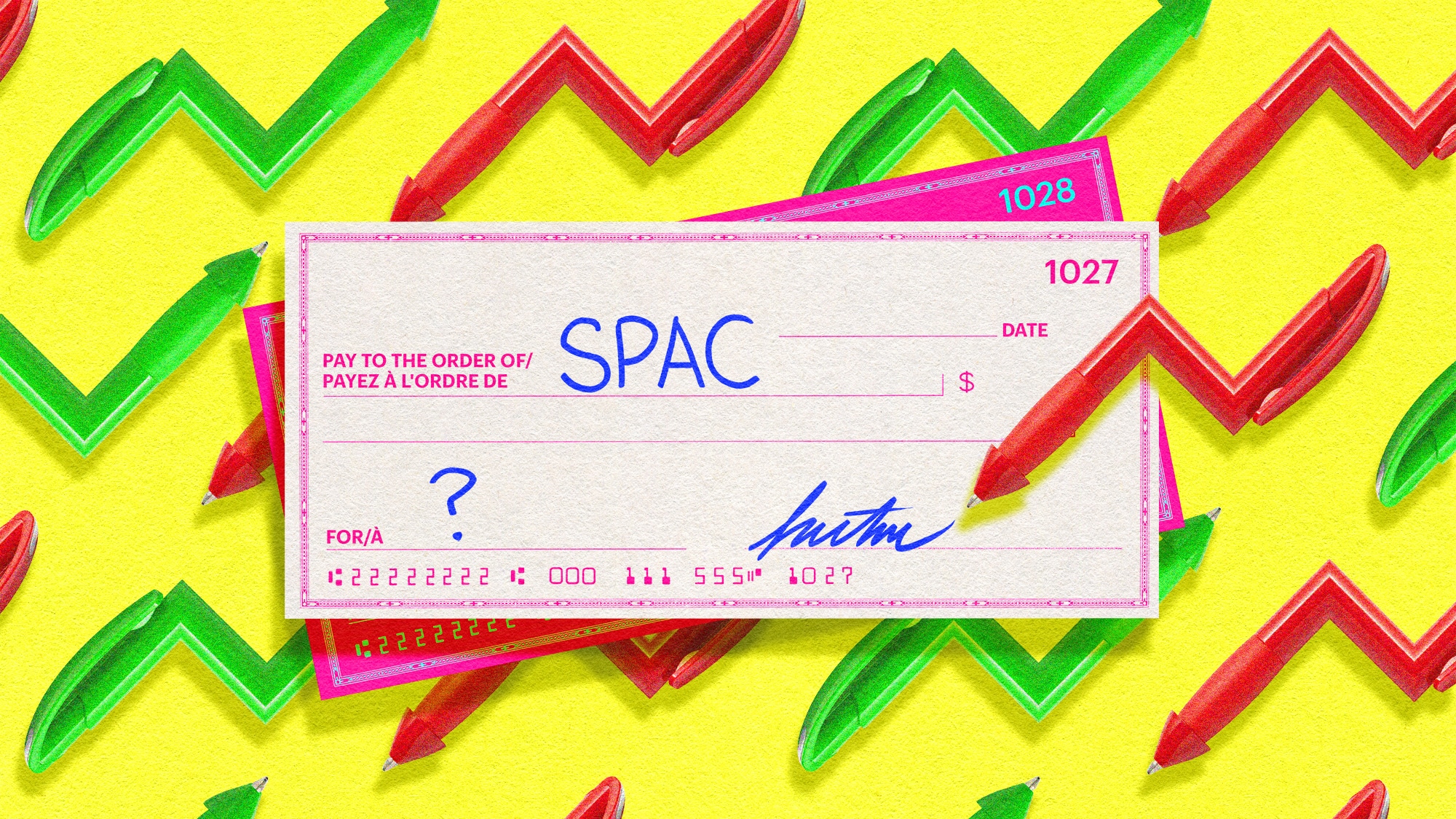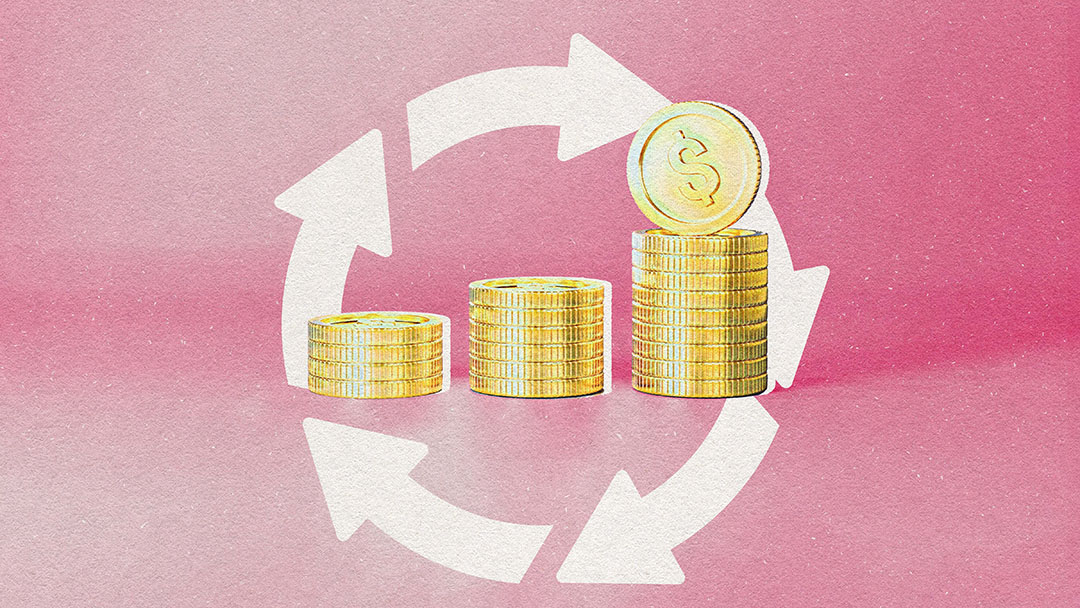An initial public offering can be a little like nabbing tickets for a hotly anticipated concert. Fans will do almost anything to buy tickets at face value when they go on sale, knowing the seats may be more expensive on the secondary market. Investors may look at IPOs in a similar way, hoping that being among the first to access a new listing could allow them to own shares at a discount to its future value.
For companies, the proceeds from an initial public offering can be used to pay back private owners who have made early investments. But unlike those concert tickets, which are worthless once the show ends, owning shares in a newly public company allows investors to participate in the growth of the business and receive a portion of potential profits. IPOs are all about getting in on the initial sale. But while the ramp-up to an IPO can create a lot of excitement, not every new listing will have legions of fans — or investors — eager to buy up shares.
What does an Initial Public Offering mean?
An IPO is the process by which a company transitions from being privately owned to publicly traded by selling a portion of its business to the public for the first time. By “going public” with an initial sale, a company can use the funds generated in a number of ways. Some examples include: paying down debts, raising its public profile or investing in growth projects.
How does an IPO work?
When a company decides to issue an IPO, it generally enlists the services of an investment bank which handles the finer details of the process. The investment banks can help determine the initial sale price and the timing of the IPO. It’s also an opportunity to introduce a private company to a wider audience in order to generate interest in the listing and maximize the value of the shares when they hit the market. When a private company decides it wants to go public, it must also meet specific reporting requirements, including releasing audited financial statements and executive compensation details on a quarterly or annual basis, and registering with regulators and the exchanges it wants to trade on.
How is an IPO priced?
Technically, an IPO has to set two prices:
- Offering Price: the share price offered to institutional investors and brokers before the company listing goes public. This part of the process is important because it solicits bids from those investors to gauge demand for the company’s stock. During this process, potential bidders will assess the sector, look at comparable businesses, measure risk and even see if the company has a compelling narrative to sustain investor interest
- Opening Price: the price at which shares start trading on a public exchange. This price is determined by compiling bids from investors. In cases where there has been high demand, the share prices of some IPOs have risen quickly on the first day.
What are the steps in the IPO process?
The time between a company deciding to go public and the actual listing can be a six-month to a year-long journey. It can be complex, but here is a look at some of the main steps in the process:
- Hiring an investment bank
Once a company decides to go public, it enlists the aid of an investment bank or underwriter to facilitate the process. In addition to determining an appropriate price and date for the offering, an investment bank gauges interest among potential investors as the big day draws near. - Registering with regulators and applying to the stock exchange
An IPO comes with a heavy dose of paperwork that must be filed before the sale can proceed. In Canada, this includes filing a preliminary prospectus on SEDAR (System for Electronic Document Analysis and Retrieval) for public review. Similar processes are followed when listing on U.S. exchanges: The company must register with regulators and any exchanges it wants to list with. - Pricing the IPO
After an investment bank completes its due diligence, a company settles on the price it will charge investors for a piece of its business. This number is typically based on current market conditions, a company’s financial history and investor interest in the offering. - Availability to the public
It can be difficult for retail investors to get in on a popular IPO because the investment bank reserves a large portion of the offering for its biggest investors. The average investor can participate once shares begin to trade on open exchanges. If an IPO is oversubscribed (which means that demand exceeded supply), the opening price may be higher than the offering price once trading begins on the open market. However, there can also be a chance the share price may come back down once the buzz of the listing dies down. In some cases, shares can dip below the listing price.
IPO: Pros and Cons
For Investors
Pros: IPOs can be exciting, especially when a company is already familiar and well-regarded by the public. In these cases, investors may see a way to invest early in a company they believe will take off. If there is considerable investor interest, some investors could make significant gains on the first day of a listing.
Cons: IPOs are not a sure thing. Some IPOs have seen their share price tumble below the listing price after they hit the market. Others have surged in the first few days of trading, only to fall back down as the buzz around the company fades.
For companies
Pros: An IPO can help companies attract capital they can use to grow their business. As well, the increased transparency requirements can make it easier for some public companies to borrow money at more desirable rates than they might receive as private enterprises.
Cons: The IPO process can be costly. Not only will companies enlist an investment bank and other professionals to meet listing and disclosure requirements, they might offer up some level of perceived control in the company. This is particularly true if they are required to shed light on proprietary parts of the business as part of the disclosure process.
Investing in IPOs for beginners
Factors to consider: What should you know before buying an IPO?
- Risk factors
Investing in an IPO does not guarantee success. Companies that go public may not have a proven track record. As well, positive press could contribute to an elevation in perceived value. Even in cases where the initial evaluation is reasonable, external circumstances could put pressure on a stock’s price before shares begin trading. - Use of proceeds
Part of the paperwork that must be filed with regulators includes a Use of Proceeds section in which a company must give details on how it plans to use the funds it raises. It can be important to be aware of these plans because how the money gets deployed can have an impact on how quickly the company — and the money an investor puts in — could grow. - Dividend policy
Instead of offering dividends, many newly public companies focus on growing the value of the company as a form of return on investment. Be sure to read a company’s IPO prospectus before deciding if a particular opportunity is right for you.
- Lock-up period
A lock-up period prevents people who bought shares prior to an IPO — typically the founder and early investors — from selling their shares for a set period of time. Once this period expires, these investors are free to move their shares. If a significant number of shares are sold, it can drive the company’s stock price down. - Waiting period
Investment banks will sometimes put aside a portion of shares in an IPO that can’t be bought until a certain amount of time has passed. If these shares are later purchased by the underwriters, the price of the stock can increase. If they are not purchased, the price could lower. - Flipping
Some investors may aim to make a quick profit by participating in an IPO and then selling their shares shortly after the price has increased.
How to buy an IPO?
- Eligibility
To buy a new issue or IPO as a self-directed investor, you will need to have an online brokerage account, such as a TD Direct Investing account. Before placing an order, you must enter an Expression of Interest online or over the phone with an Investment Representative. Your account must have adequate cash, equity or margin when you make your Expression of Interest. Some accounts require you to have a minimum household net worth before buying into an IPO. Consult with your brokerage to see if any of those apply to you. - Steps
After your account is registered, if your broker is part of the selling group for a particular IPO, you’ll be able to make a conditional offer to buy. Placing this offer does not guarantee you will be able to participate, but it may improve your chances of success. If you miss out on an IPO, you may still acquire shares after they begin trading on public stock markets like the Toronto Stock Exchange.
How do you find out about new IPOs?
Big IPOs are heavily marketed, but that’s not the case for all upcoming issues. TD Direct Investing clients can learn about new issues by signing up to receive an email notification through the trading platform WebBroker. Through the New Issues Centre on the platform, you can:
- Review current new issues and preliminary prospectuses
- Place Expressions of Interest for new issues
- View your Expression of Interest confirmation
- View past new issues
![]()
FAQ: What is an IPO?
Is an IPO the same as a stock?
An IPO refers to a company’s initial issuance of stock as it transitions from the private to public market. It is usually undertaken to raise capital from public investors to facilitate growth. Any stock investments issued after an IPO are known as follow-on public offers or FPOs. These may be done to help a company raise equity or pay down debt.
How does an IPO make profit?
An IPO is a way for early investors in a company, such as founders or angel investors, to sell a portion of their ownership stake. It could also prove profitable for some investors who get in during the IPO process, provided the stock rises in value.
How do investors make money on an IPO?
Investors who purchase shares in an IPO will make money if the shares they purchase increase in value over time.
Can I hold an IPO for the long term?
You can hold the shares you purchase during an IPO for as long as you wish. You may choose do so if you feel confident in a company’s long-term prospects.









